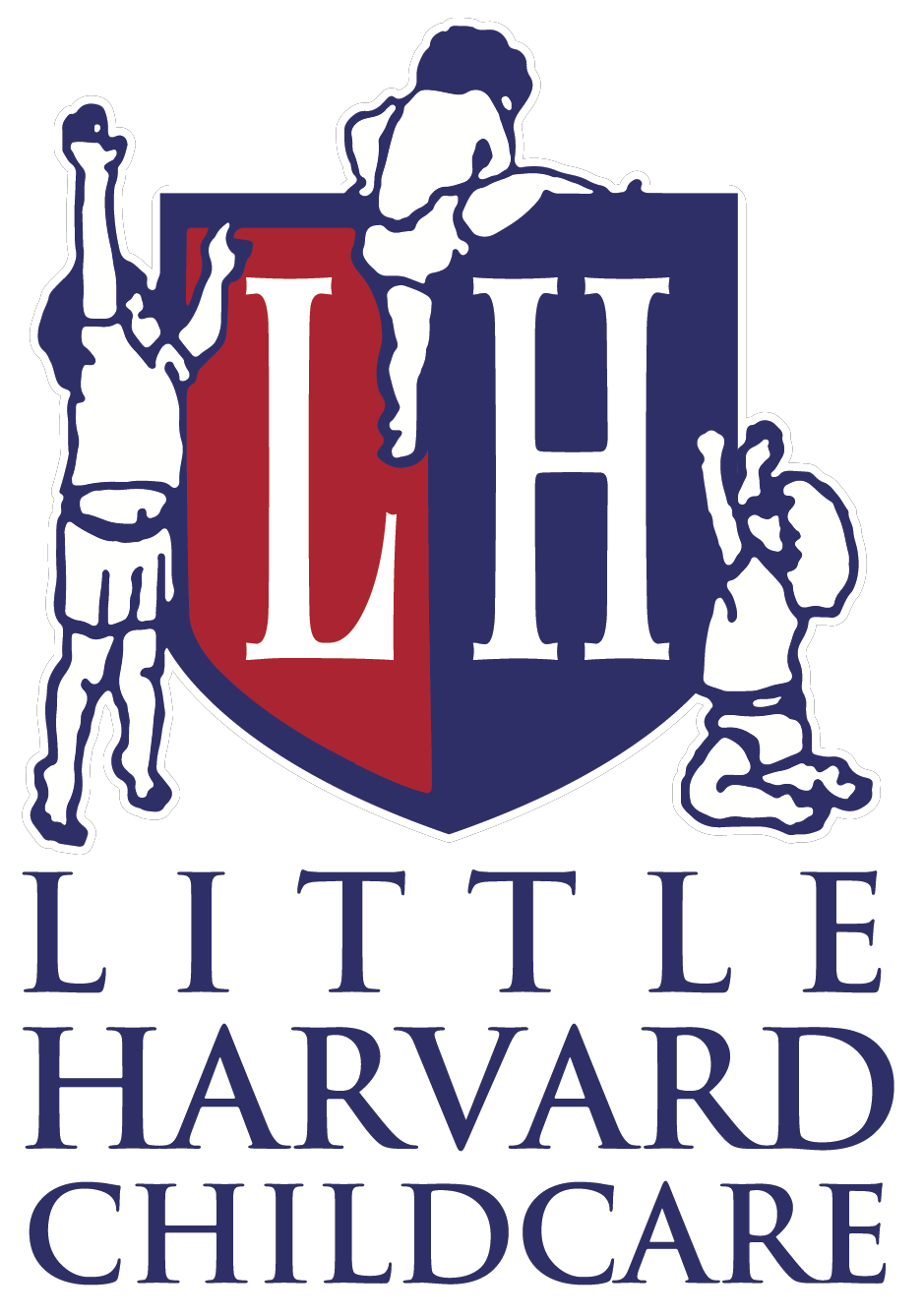Raising Awareness: Cardiac Arrest in Children and Teenagers
According to the Irish Heart Foundation, the sudden fatal condition which affects all ages including babies, children and young people, currently causes 5,000 deaths per year in Ireland alone – overtaking some of the most serious diseases such as breast cancer, lung cancer and respiratory disease.
But performing CPR (cardiopulmonary resuscitation) can double a persons’ chance of survival by keeping blood and oxygen circulated to vital organs.
Specifically hands-only CPR (also known as compression-only CPR) is a technique that can be applied by anyone without CPR training to keep an adult alive during cardiac arrest.
Hands Only CPR step by step*:
Step 1: When a person collapses, check for a response – call their name/shake gently on the shoulder;
Step 2: If there is no response call 999 or 112 (in Ireland) immediately;
Step 3: If they are not breathing normally, lie them flat on the ground. Kneel beside them and place your two hands on the centre of the chest, one on top of the other. Keep your arms straight;
Step 4: Start compressions hard and fast, pushing down about 2 inches on the centre of the chest, at 100 beats per minute. (Push in time to the tune of Bee Gees song, Staying Alive).
Babies and Children** – There are some differences to the procedure if you need to give CPR to a child or a baby (under one year of age). The key differences are:
– If you are on your own, give one minute of CPR BEFORE calling an ambulance (ideally, have someone else call an ambulance while you begin CPR);
– Babies and children should be given 5 initial rescue breaths BEFORE commencing chest compressions;
– Check the airway for any obvious obstructions before giving rescue breaths by placing one hand on the forehead, gently tilting the head back and lifting the chin;
– For babies, you will need to place your mouth over the infant’s mouth and nose to give rescue breaths;
– Use only two fingers for chest compressions for babies, placed just below the nipple line; for children above the age of 1, use one or two hands;
– After the 5 initial rescue breaths, the same adult procedure can be followed.
Why Does SCA happen?
According to Dr Angie Brown, cardiologist and Medical Director of the Irish Heart Foundation, “A cardiac arrest can happen in those with and without known heart disease and it occurs due to an abrupt disturbance in the heart’s rhythm which results in the heart beating too fast or slow to pump blood around the body to keep the person alive. She also added: “In the event of a collapse from cardiac arrest, every minute is vital, but without CPR or defibrillation, their chance of survival falls by up to 10 percent a minute. After just five minutes, that person may only have a 50 percent chance of survival. At the Irish Heart Foundation, our goal is that all adults and teens know the importance of calling 999 immediately and starting chest compressions, even if they have never been taught CPR before. These two steps can double a person’s chance of survival, but without CPR, there may be no-one left for paramedics to save.”
The Irish Heart Foundation ran a campaign in May 2015 to raise funds to deliver a new national hands-only CPR awareness and education programme, in order to grow Ireland’s cardiac arrest survival rates. The National Charity Fighting Heart Disease and Stroke aims to double the survival rate to at least 10 percent in the coming years through national awareness and education starting this autumn.
For more information regards training and awareness, please visit www.irishheart.ie .
The Irish Heart Foundation is the National Charity fighting heart disease and stroke, and relies on public donations for 95 per cent of the income.

